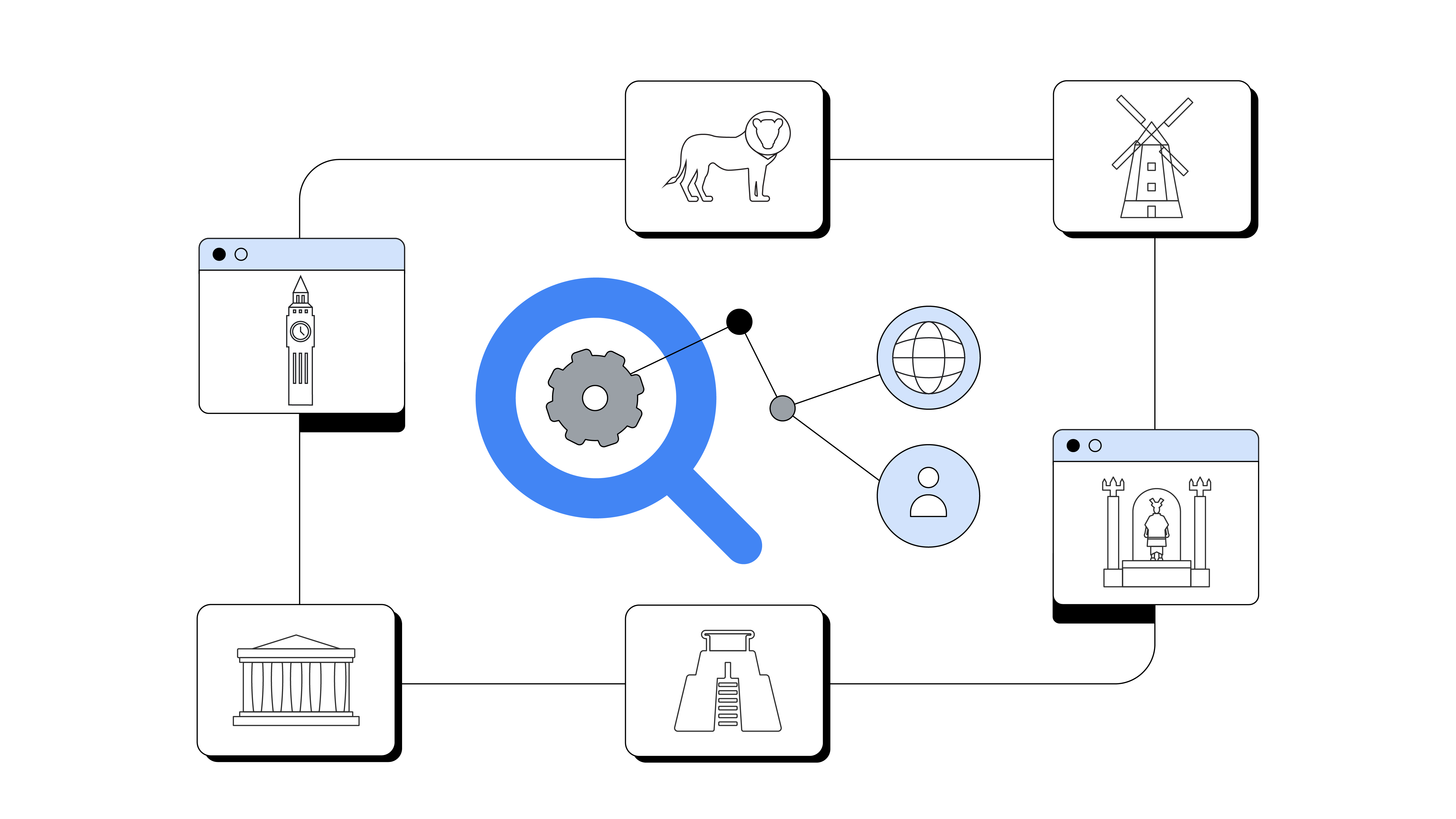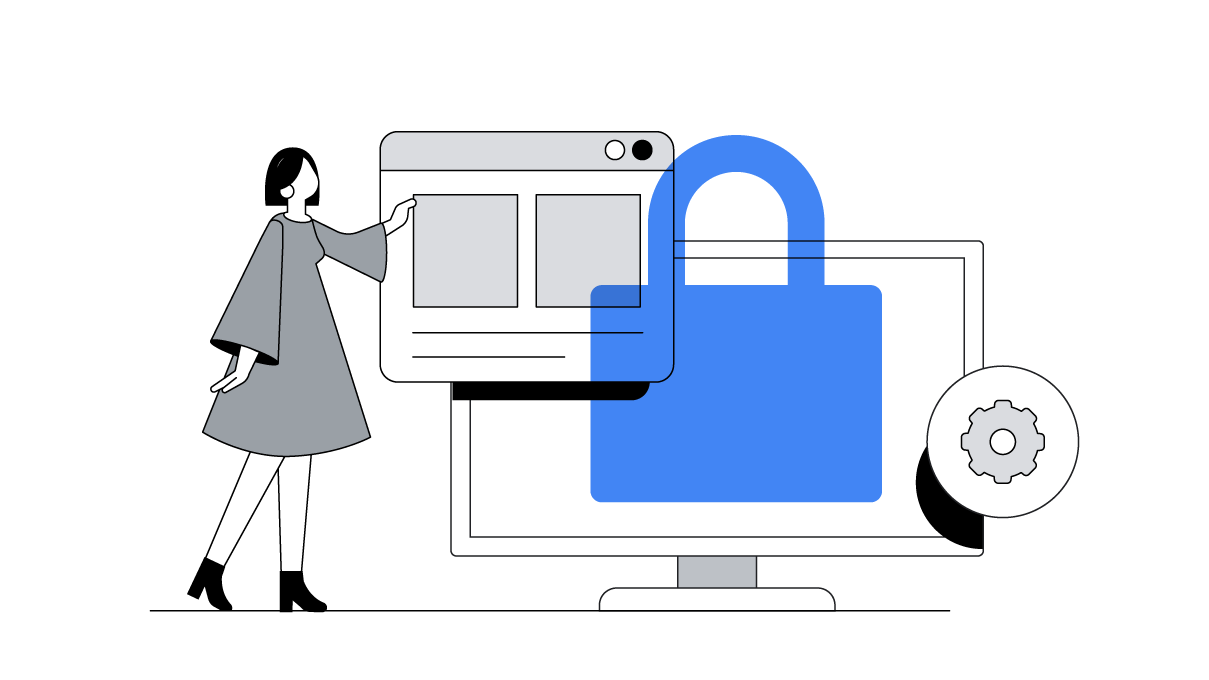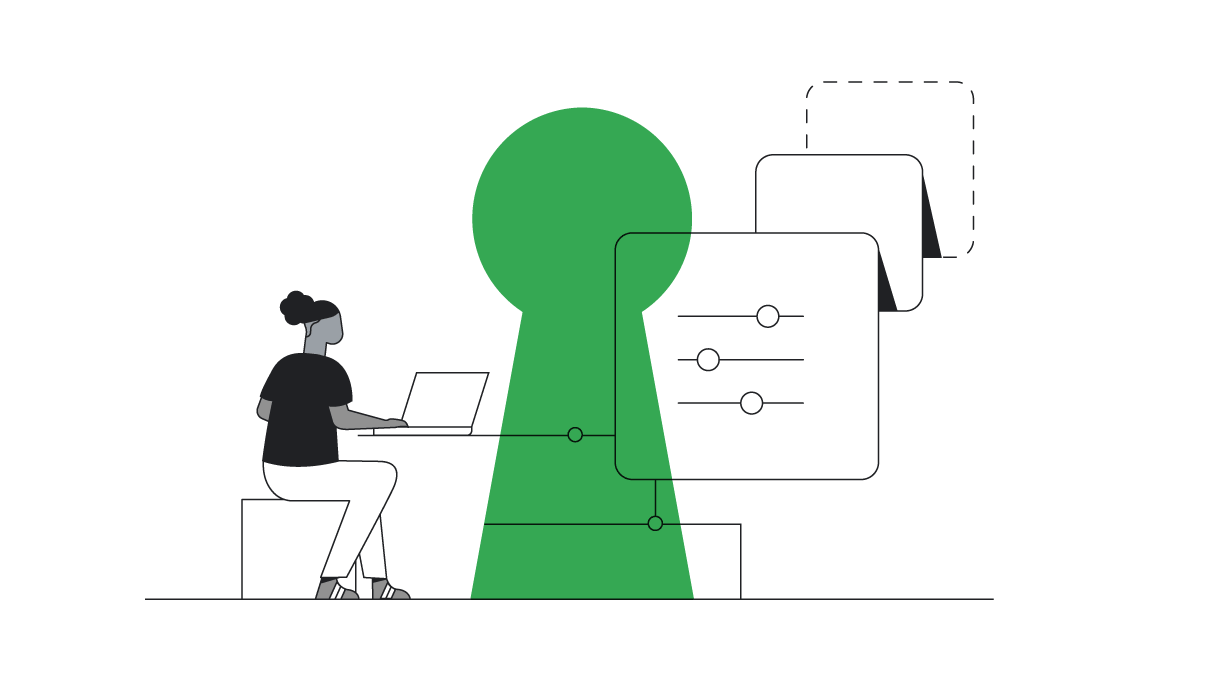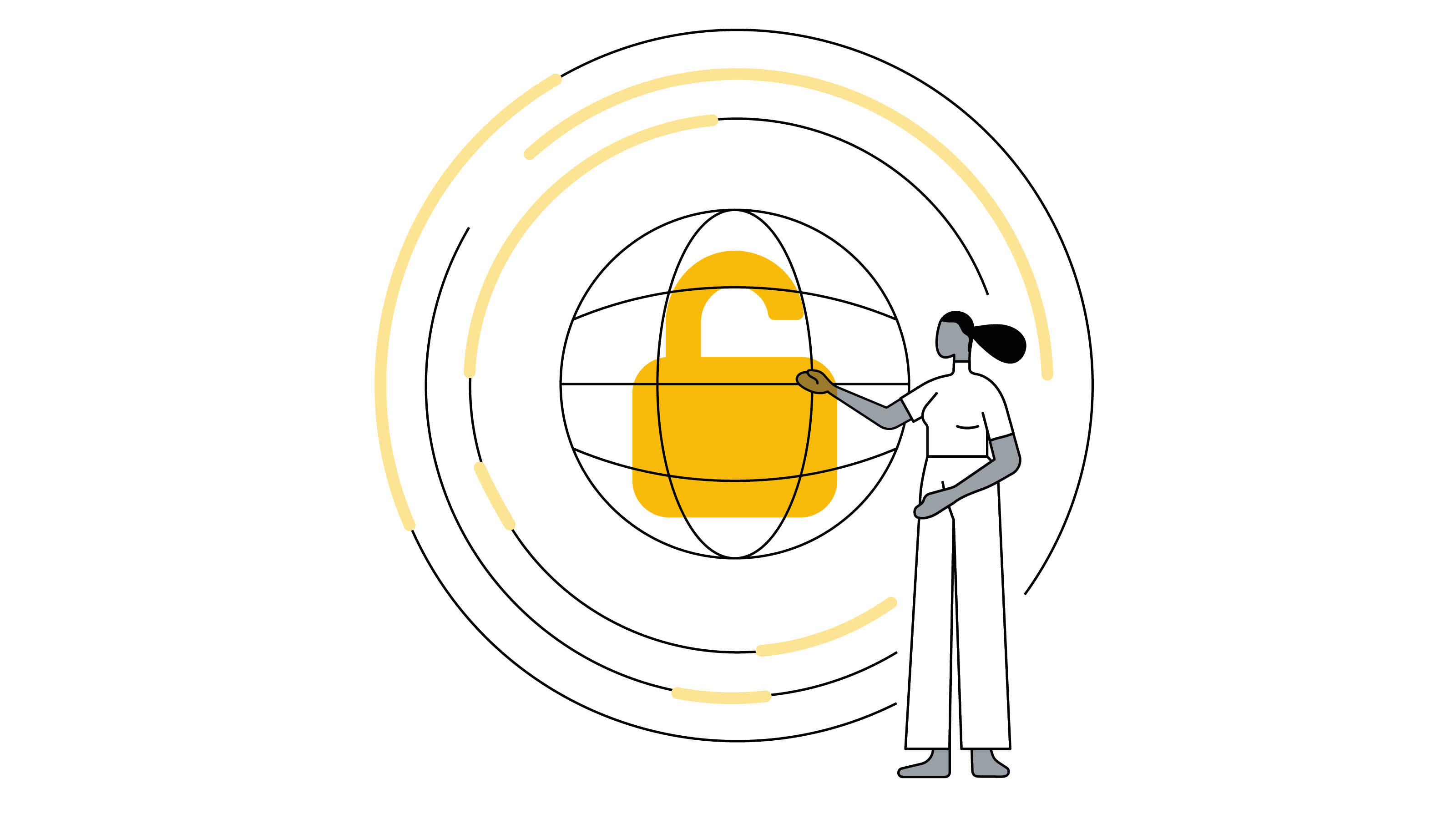The Update: Improving user privacy while preserving the ad-supported internet
Series
The UpdateGuest
Published
August 2020Share this page
The Update: Improving user privacy while preserving the ad-supported internet
August 2020In this episode of our series The Update, Google’s Global Head of Ads Privacy Neha Khanna talks to VP of Ads Privacy and Safety at Google Mike Schulman about the ongoing effort to keep digital advertising safe and effective as the privacy landscape rapidly changes. They discuss what steps advertisers and publishers can take today to prepare for the future.
>> MIKE: We’ve seen a change in people's awareness of
how their data is used – and their expectations.
And that's actually really a good thing.
You know, an interesting data point around this is searches for “online privacy”
have grown globally more than 50 percent year-on-year.
>> NEHA: In this episode of The Update, I talk with Mike Schulman,
the head of Ads Privacy and Safety,
about how Google is working to improve user privacy
while preserving the ad-supported internet.
Mike, can you tell us more about your role leading Ads Privacy and Safety at Google?
My team is really focused on ensuring digital advertising is safe and
effective so that it works for users, publishers and advertisers,
and can continue to support the open internet.
How has the ads team responded to the increased focus on, and
concerns for privacy?
Privacy isn’t a new priority for Google.
It's been a long-time focus and
we've introduced a number of tools over the years
like ad settings and activity controls.
We never sell your information to anyone and
we don't use your emails, documents or sensitive information
like race, religion or sexual orientation for advertising purposes.
Users really do prefer personalised ads,
but only if those ads protect their privacy and
offer transparency and control.
So we've taken steps to increase transparency into
how digital advertising works,
offer users additional controls and really ensure that
people's choices about their use of data
are respected, and not worked around or ignored.
Can you tell me a bit more about
transparency and control – the two of them seem to be linked?
We consistently hear that users really prefer ads that are relevant to them,
versus the ads that kind of feel like they're appearing at random.
But concerns really arise when people have experiences
with ads that they can’t understand.
Like when it's not clear what information about them is being used
or what companies are involved.
So that's why we offer tools like "Why this ad",
where from an icon in the ad itself,
users can get more information on why they're seeing the ad
or even choose to stop seeing that ad altogether.
In this area, we’ll be making improvements to this experience
including providing more information to the users about the ad,
like the verified name of the advertiser.
Mike, you mentioned something important about protecting
people's privacy and ensuring that their preferences aren't worked around.
What are some of the things that users need protection from?
Some companies involved in digital advertising use opaque techniques
to gather data about individual users or track them covertly.
Fingerprinting, which involves collecting very specific information
about someone's browser or their device to identify
and track them, is just one example.
But there are other methods that are being used that aren't clearly disclosed,
and don't really offer the transparency control that users expect and need.
So, we believe any attempts that try to track these people
without permission really should be blocked.
In talking with a number of advertiser clients and publisher partners,
I know that most of them want to do right by users,
and they want to prioritise privacy.
But they're also facing the reality of increasing business pressures
– more so during COVID-19.
Do you see a trade-off between user privacy and being able to
deliver on some key advertising and monetisation requirements
that marketers and publishers have?
It's important to remember that the ad-supported internet
really depends on user trust.
If we continue with some of these practices and
deliver on some of the experiences of the past,
we're actually putting the future of the open internet at risk.
We're focused on improving privacy for users
while also supporting the ad-supported internet.
That means coming up with alternative ways and new technologies
to accomplish these key advertising use cases.
I'm confident that we can do both.
And it's not just Google who will do this
– we're working across the ads ecosystem and
the web standards community to make this happen.
I know that the Chrome Privacy Sandbox is a big part of this plan.
And for those who aren't familiar,
it's an effort that the Chrome team is leading
with the web standards community
to develop a new set of technologies for the web
that is more privacy-protecting than third-party cookies are.
What is the latest over there?
Really good progress.
Since the Privacy Sandbox was announced last August,
there have actually been several proposals published for new APIs
that would solve some of these key advertising use cases
– like
ad selection,
conversion measurement,
fraud protection
– all in a way that doesn't reveal any information
about individual users
or keeps that identifying data on the user's device itself.
One of the proposed APIs for trust token that could combat ad fraud
is actually already being tested by developers,
and I expect that we'll see more proposed APIs in live testing soon.
Our ads team is contributing to this dialogue and some of the proposals,
and we expect to incorporate them in our own product roadmap
in the years ahead.
But we can't solve this alone.
For this to succeed, we really need the involvement
of partners across the industry.
So, it's been really good to see the proposals
that other companies have submitted as well.
What else do you have in the works besides the Privacy Sandbox?
Within the ads team, we’re exploring a range of other approaches
to improve user privacy, while still ensuring that publishers can earn
what they need to fund great content
and advertisers can still reach the right people for their products.
For example, we support the use of advertiser first-party data
to deliver more relevant and helpful experiences across sites
– as long as users have transparency and control over the use of that data.
We're also continuing to invest in machine learning,
which can be used to make our advertising products work
without collecting raw data from users’ device
or help fill in the gaps when data isn't available.
For all the marketers and publishers watching this today,
what tips do you have for them when it comes to investing in first-party data?
There really aren’t any shortcuts here.
The more that a business has meaningful,
direct relationships with a customer,
the more opportunity they're going to have.
For advertisers,
that really means using what you know about your customer
to strengthen those relationships and find new customers like them.
For publishers,
that means understanding your users and their preferences,
so you can build better experiences for them,
both in content and in ads.
We published two new playbooks
– one for marketers and
one for publishers
– with lots of really good suggestions on this topic and real-world examples.
So, I’d really encourage everyone to go check those out.
Mike, you shared a lot about Google's approach,
but the digital ads ecosystem is a pretty crowded space
with different companies participating.
How do you ensure that user experiences improve across the board
– not just for ads that Google is showing?
The industry really needs to come together to align on a new set of standards.
It's just not enough for one or two companies to change their practices.
Last year, we shared a proposal for industry-wide privacy norms
around the use of data for ads
and we’re now working to revise it based on the feedback we've heard.
We've also been working on a new tool to provide people
with detailed information about the ads they see on the web.
It's called the Ad Transparency Spotlight,
and it's now available for everyone to try out
as an extension in the Chrome web store.
We'd really love to hear feedback from folks,
so let us know what you think.
Thanks for the insights, Mike.
This has been great.
Do you have any final thoughts to share?
I think a lot of people might be feeling uneasy right now.
We're in a period of transition,
and there's still a lot of uncertainty about
what the end state for privacy and ads will look like.
On top of that, we have all the business pressure
that has intensified because of COVID.
But really, we're asking you – please don't sit on the sidelines
or continue with kind of business as usual.
Make sure your organisation is having an active discussion about privacy.
Contribute your perspective to some of these industry forums
and take steps now to really prepare for the future.
Others are viewing
Marketers who view this are also viewing
-
Article
![]() Article
ArticleAbout Think with Google
-
Article
![]() Article
Article‘It’s business critical’ — How 3 global brands are preparing for a privacy-first future
-
Article
![]() Article
ArticleHow Google is building the future of measurement for the industry
-
Article
![]() Article
ArticleWhy durable solutions are needed to build the future of audiences
-
Article
![]() Article
ArticleMarketers: You’re missing this crucial privacy step — and it’s putting more than your brand at risk
-
Report
![]() Report
ReportHow to put privacy first and accelerate your business’s economic recovery
-
Article
![]() Article
ArticleWe asked 7,000 Europeans about ads and privacy. Here’s what they told us
-
Article
![]() Article
ArticleHow people decide what to buy lies in the “messy middle” of the purchase journey








